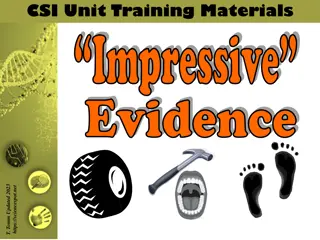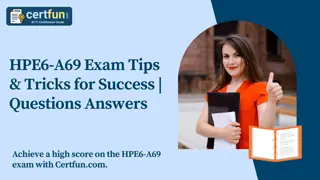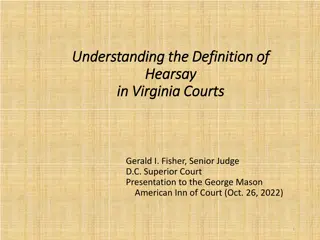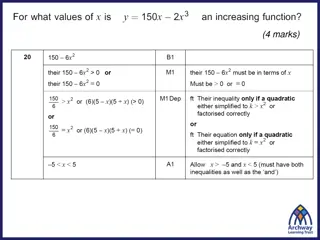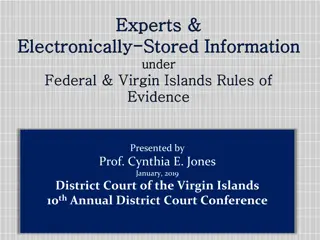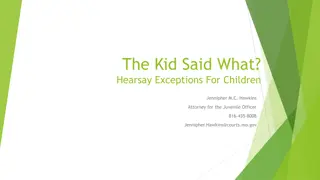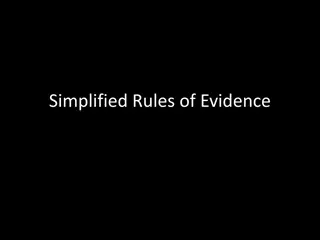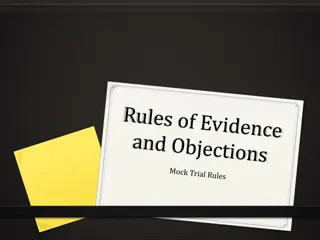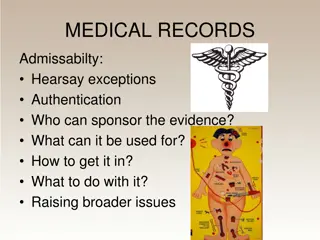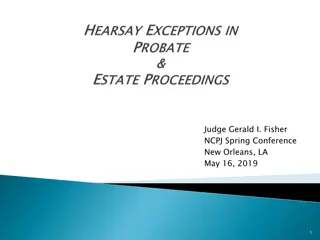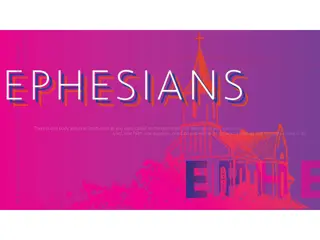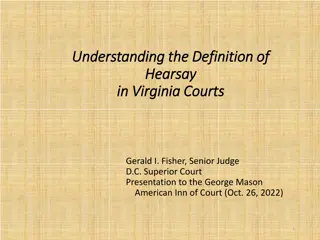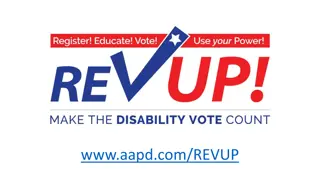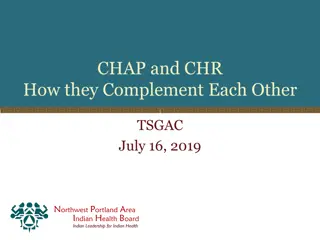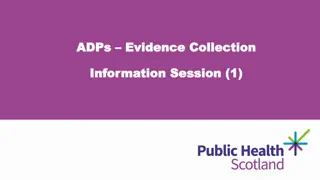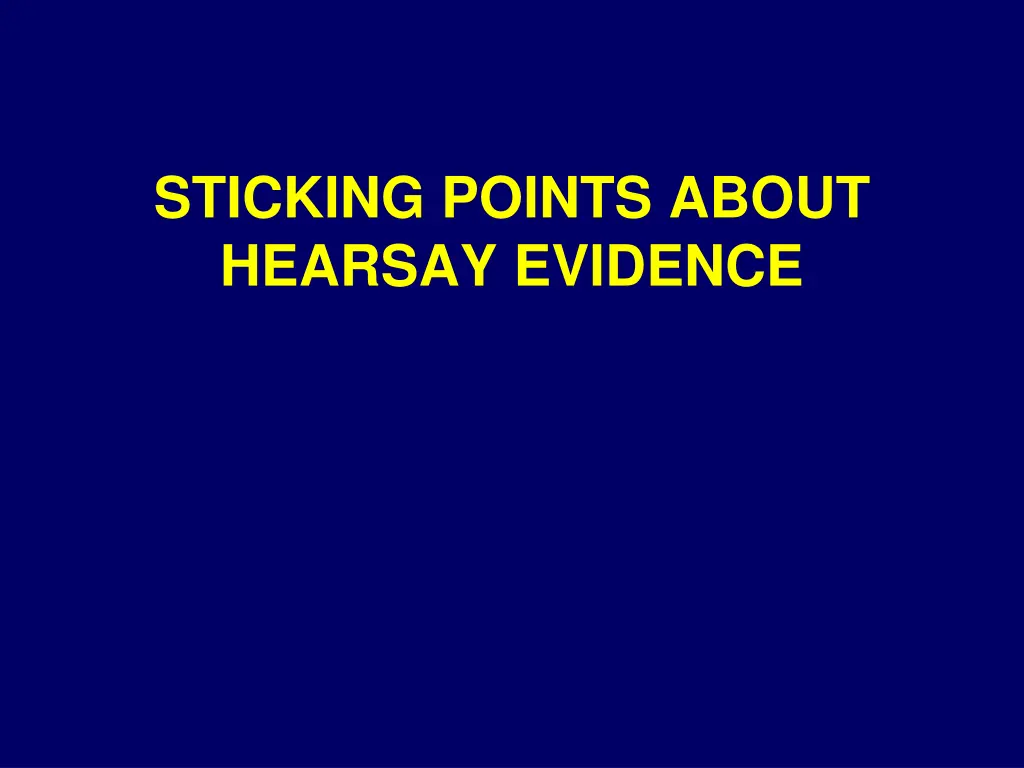
Understanding Hearsay Evidence Rules
Explore the sticking points surrounding hearsay evidence such as out-of-court statements at trial, the purpose for offering testimony, and how judges determine the purpose. Learn about different purposes for introducing statements beyond factual correctness and how to navigate offering documents and newspaper reports in legal proceedings.
Download Presentation

Please find below an Image/Link to download the presentation.
The content on the website is provided AS IS for your information and personal use only. It may not be sold, licensed, or shared on other websites without obtaining consent from the author. If you encounter any issues during the download, it is possible that the publisher has removed the file from their server.
You are allowed to download the files provided on this website for personal or commercial use, subject to the condition that they are used lawfully. All files are the property of their respective owners.
The content on the website is provided AS IS for your information and personal use only. It may not be sold, licensed, or shared on other websites without obtaining consent from the author.
E N D
Presentation Transcript
STICKING POINTS ABOUT HEARSAY EVIDENCE
OUT-OF-COURT STATEMENTS AT TRIAL THERE IS NO PROBLEM WITH INTRODUCING INFORMATION THAT WAS IN SUCH A STATEMENT THE HEARSAY RULE IS ALL ABOUT THE MANNER IN WHICH YOU PRESENT THAT INFORMATION 2
ITS ALL ABOUT THE PURPOSE FOR OFFERING TESTIMONY ABOUT THE STATEMENT IF THE PURPOSE IS TO HELP ESTABLISH FACTUAL CORRECTNESS, NOT ALLOWED IF THE PURPOSE IS SOME OTHER RELEVANT PURPOSE, OK FOR LIMITED ADMISSION 3
HOW DOES THE JUDGE KNOW THE PURPOSE? JUDGE ASKS THE PROPONENT LAWYER: WHERE ARE YOU GOING WITH THIS? 4
WHAT PURPOSES OTHER THAN FACTUAL CORRECTNESS CAN THERE BE? 1. THE WORDS THEMSELVES ARE AN ELEMENT OF THE CASE 2. TO SHOW KNOWLEDGE OR INTENT OF THE SPEAKER, WHERE RELEVANT >>> 5
3. TO SHOW KNOWLEDGE OF THE LISTENER, WHERE RELEVANT 4. TO IMPEACH THE SPEAKER S CREDIBILITY AS A WITNESS (PRIOR INCONSISTENT STATEMENT) 6
#1: WIT.: LAST MONTH JACK SAID TO ME: IT RAINED ON JULY 17TH. NOT ALLOWED (UNLESS SOME OTHER PURPOSE) 7
THE CURE: CALL JACK TO THE STAND AND ASK HIM WHAT THE WEATHER WAS LIKE ON JULY 17TH. NO PROBLEM 8
#2: WHAT ABOUT OFFERING DOCUMENTS? LETTERS, MEMOS, EMAILS, TEXTS, ETC. THEY USUALLY CONTAIN STATEMENTS NOT ALLOWED; THE H FLAG GOES UP; NEED ANOTHER PURPOSE 9
#3: NEWSPAPERS WIT.: THE HOUSTON CHRONICLE SAID IT RAINED THAT DAY HEARSAY; NOT ALLOWED 10
#4: YOU MARK AND OFFER THE HOUSTON CHRONICLE PAPER FROM THE DATE INVOLVED STILL HEARSAY!! YOU CAN T INTRODUCE IT, BECAUSE IT CONTAINS STATEMENTS 11

